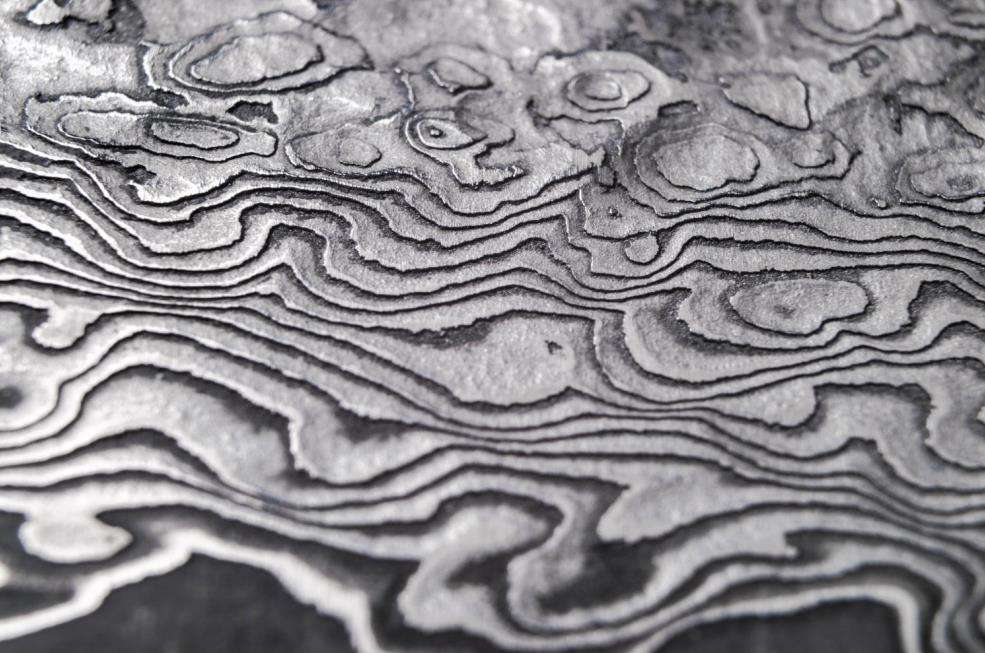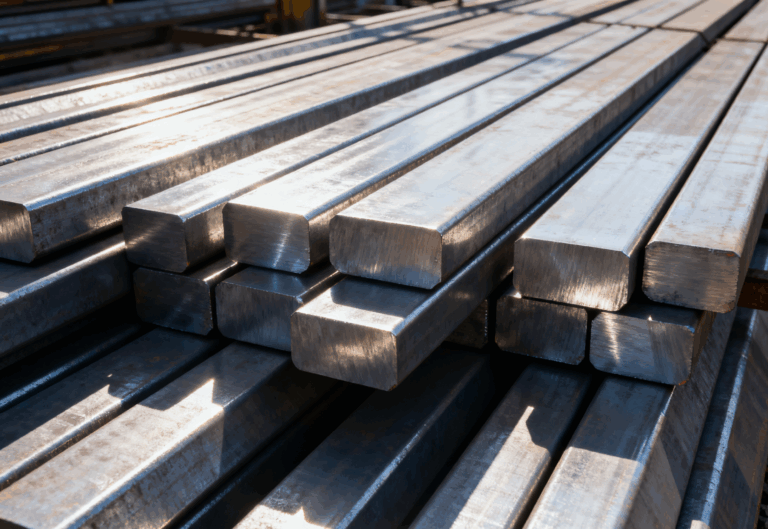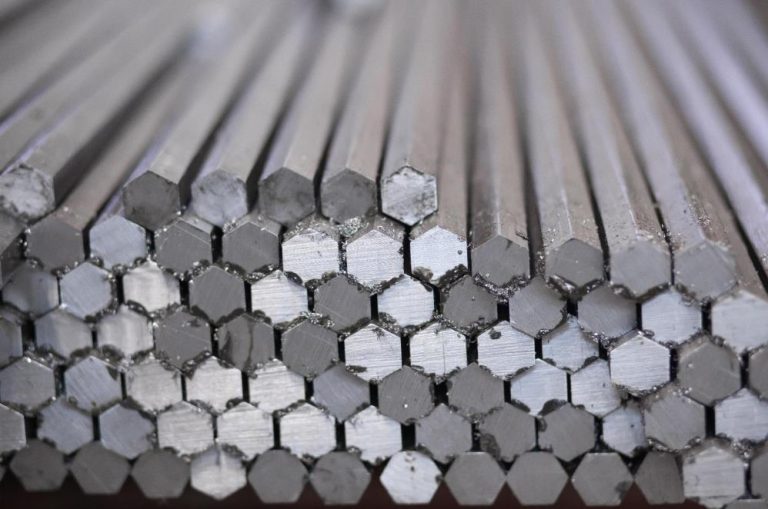Damascus steel has a special place in the knife industry. Countless knife brands have products made from Damascus steel displaying attractive patterns.
The patterns unique to every blade make Damascus steel knives favorable as none shares the exact look throughout the blade. This gives buyers feel a sense of identity in their purchase.
With high popularity, there are bound to be imitations. These fakes replicate the end result of the forging process behind the modern Damascus steel. While the patterns on fake products may look almost identical to an authentic Damascus knife, there are ways to distinguish them.
Before we explain how to, let’s cover some important information about Damascus steel.
What is Damascus steel?

There is some misunderstanding about Damascus steel in knives due to its history. Blacksmiths produced the original Damascus steel using wootz steel. While the Damascus steel commercially available today is pattern-welded steel.
Knife manufacturers produce this steel by welding two or more types of steel in the forge. The steel follows continuous press or hammering and folding.
The result is wavy patterns throughout the entire steel. However, the patterns don’t just appear immediately. Knifemakers submerge the steel in acid to make them more visible. This process is the final part of making Damascus steel knives, known as acid-etching. Learn the entire pattern-welding process here.
That said, there is the original Damascus steel made with wootz steel and the modern-day equivalent called pattern-welded steel or sometimes layered steel.
Buy Wholesale Knives and Start Scaling up with Us Today
Contact us and connect with a sales rep to get a free quote.
How was the original Damascus steel made?
How the original Damascus steel was made is not absolutely certain. Historians believe the original Damascus steel was mainly produced in Syria from the 10th Century until the mid-1700s using wootz steel.
Though the primary production area of the knives, daggers and other blades made with Damascus steel was Syria, it’s thought that the steel comes from South India.
It’s difficult to pinpoint how the original Damascus steel was made. But there are many attempts and studies aim to replicate the original Damascus steel. The making of the original Damascus steel is not lost – it may be a common myth for some. Scientists have worked hard to successfully reproduce this ancient art.
But the modern day wootz steel replication is no what we are talking about in this article. Instead, we are taking a closer look at the pattern-welded steel.
Wootz steel vs. pattern-welded Damascus steel
There are more to the original Damascus steel knives made from wootz steel than the wavy, watery light and dark patterns. They were incredibly durable, sharp, and able to hold their sharpness for longer than the iron and steel of the time. These made Damascus steel swords and daggers a status symbol.
The pattern welded steel, or modern Damascus steel if you will, however, can be stronger than the wootz steel of the past. The significant improvements in metallurgy leave behind even the best wootz steel.
The steel used for making pattern-welded steel is widely different from the wootz steel alloy. Nonetheless, it doesn’t make sense to compare wootz steel with modern Damascus steel for stores as it’s not available for purchase.
Differentiating fake Damascus from real
There are multiple methods for exposing fake pattern welded Damascus steel. Some take just a careful eye; some take more. Here are the best ways to tell.
Inspect the blade
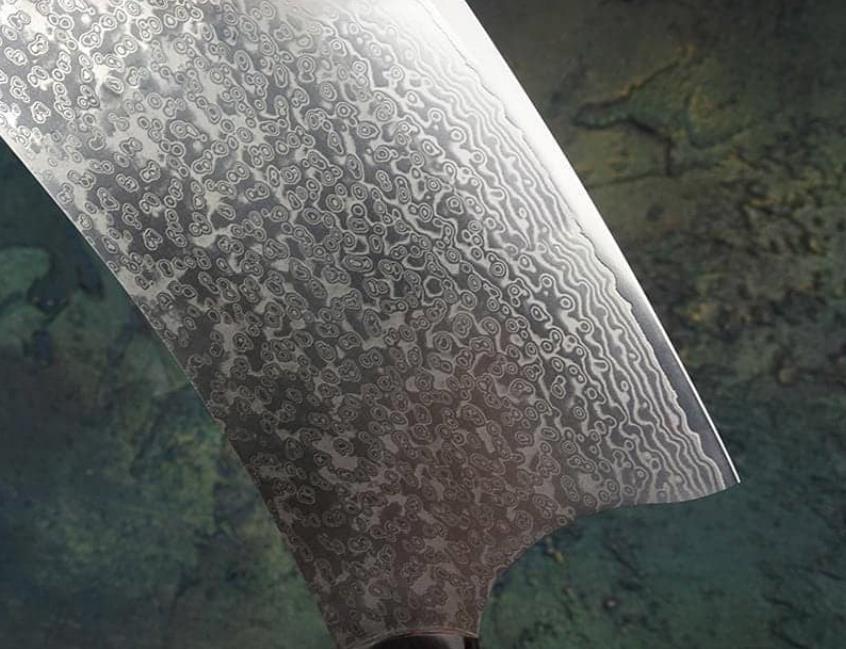
A careful examination of the blade is the most straightforward way to distinguish a fake from the real. However, it’s not the most trustable. So, take this with a grain of salt when you have a Damascus steel you suspect to be a fake in front of you.
The consistency and where the patterns are visible are good signs to tell.
The acid-etching process that makes the patterns visible can take before or after the manufacturer polishes the blade. It should be visible throughout the entire blade if done after polishing. This includes the spine, cutting edge, tang, and bolster.
If the blades were acid-etched before polishing, this method doesn’t work. You’ll need to get your hands dirty to separate the fake from the authenticoriginal.
Remove the pattern
After the knife is acid-etched, the patterns become clearer on the surface. If you shed enough material from the blade and dip the same part in acid, you can tell if it’s real or not.
You can do this with a coarse whetstone or sandpaper. Though removing the pattern from the blade entirely is best, some knives can give you trouble with their wear resistance. In these cases, you can concentrate on a small area. Here’s how.
First, use sandpaper or whetstone to disappear the patterns, similarly to polishing the blade.
Once the pattern isn’t visible, dip the blade in muriatic acid or chloric ferrite for about ten minutes. If the same patterns reappear, it’s pattern-welded steel; therefore, it’s real. If discoloration or nothing happens at all, it’s fake.
Pricing
The price isn’t a concrete way to tell, but it can give you some ideas. Most Damascus steel blades cost more than stainless or carbon steel. If the price is too cheap to be true, it probably is.
However, where you’re sourcing the Damascus steel blades also matters. Damascus steel produced in Pakistan, India, and China tends to be more affordable than others.
Though this might make you question the quality, it’s more about supply and demand. For example, Chinese manufacturers produce and sell significantly more, helping them wiggle more room in pricing.
Other patterns in knives
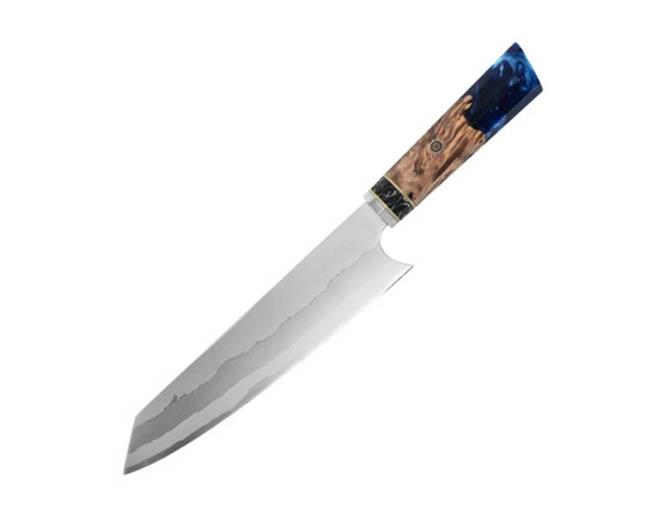
Damascus steel isn’t the only knife steel with patterns. Many knife shoppers – and even stores – mistake San Mai knives with Damascus steel. San Mai is a blade construction method special to Japanese knives that creates wavy lines around the edge, called Hamon.
This shouldn’t be confused with Damascus steel though they share some characteristics.
Buy Wholesale Knives and Start Scaling up with Us Today
Contact us and connect with a sales rep to get a free quote.
Is it a good idea to sell Damascus steel knives?
Damascus steel makes by far the most visually pleasing knives. Many knife enthusiasts are willing to increase their budget just to get the aesthetics of Damascus steel knives.
Damascus steel knives can be your highest-selling product in a matter of weeks. However, it isn’t the best fit for every store.
Knife stores that mainly sell to home cooks and average users can find themselves dusting their Damascus steel knives more often. The high price doesn’t make them appealing to everyone. They are more for knife fans that know the forging process behind Damascus steel.
Nonetheless, there are affordable Damascus steel knives and other products. The pattern-welded steel can be made from a variety of steel. This gives enough flexibility to knife manufacturers to offer real Damascus knives at a reasonable price.
Pros of selling Damascus steel knives
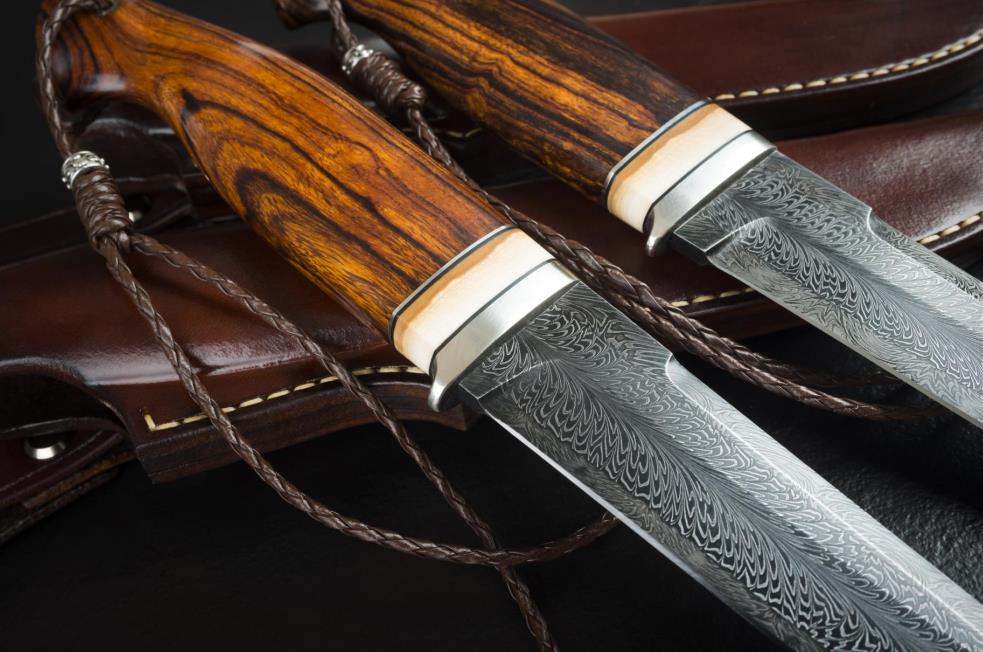
- Damascus steel knives have patterns impossible to find in other products. When your customers walk in, their beauty will make them eager to make a purchase.
- In itself, Damascus steel is very versatile. You can display knives with different qualities on the shelves.
- Like heat treatment, the pattern-welding process can make a blade stronger if done properly.
Cons of selling Damascus steel knives
- Shoppers looking for a specific quality in their knife, like excellent edge retention or a very corrosion-resistant blade, won’t find it in Damascus steel knives. They make an all-rounder blade with balanced properties.
- The high price tag can make some customers wonder if it’s worth paying as much for a knife.
Start selling Damascus steel knives with us
LeeKnives has a broad selection of knives made from Damascus steel. We manufacture all kinds of knives, from Japanese Nakiri to bread knives.
If Damascus steel is a perfect fit for your clientele, you can also order sets. Our Damascus steel knife sets have five to nine blades, suitable for every cutting need.
Browse the LeeKnives Damascus steel knife catalog from here.
We also accept custom orders. You can create unique sets or individual knives for your store. Anything is possible through our OEM service, including creating similar knives with specific features that make your competitors stand out above you. Click here to request a quote today.
